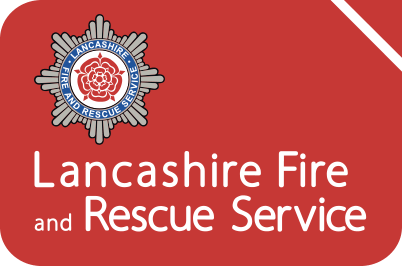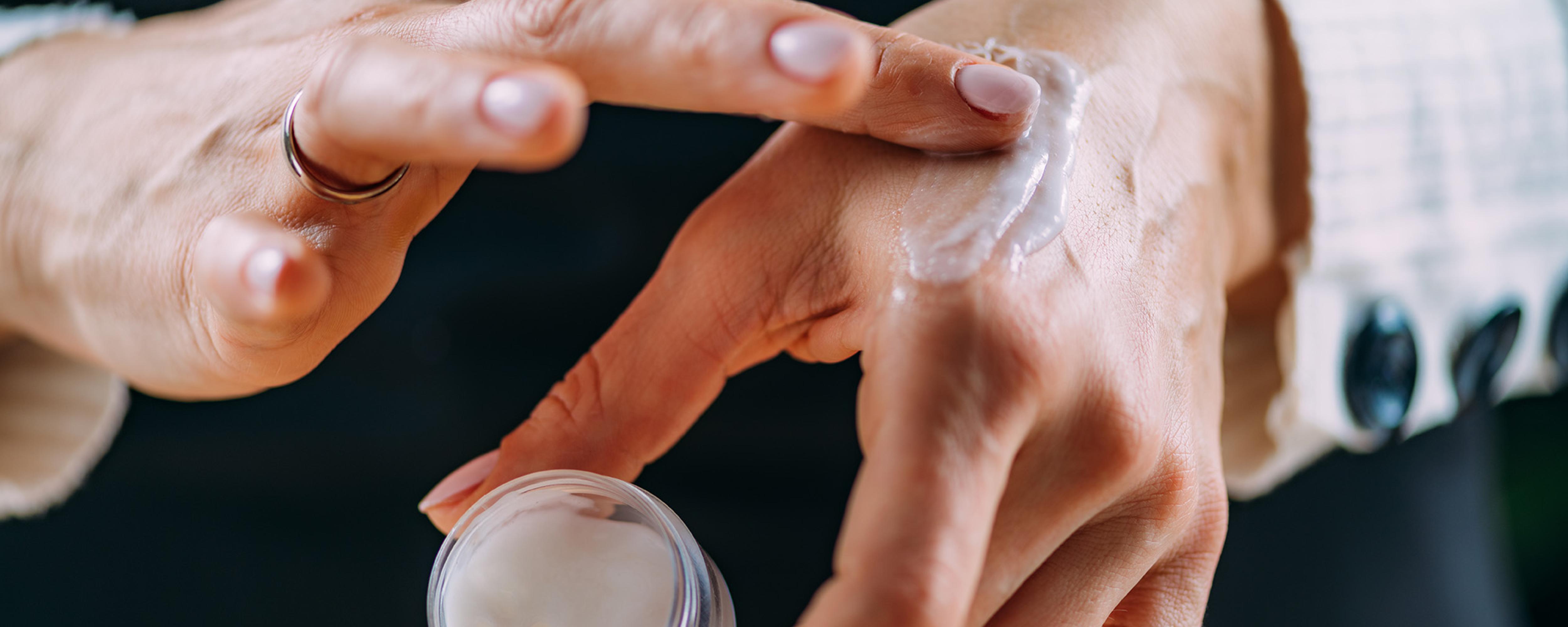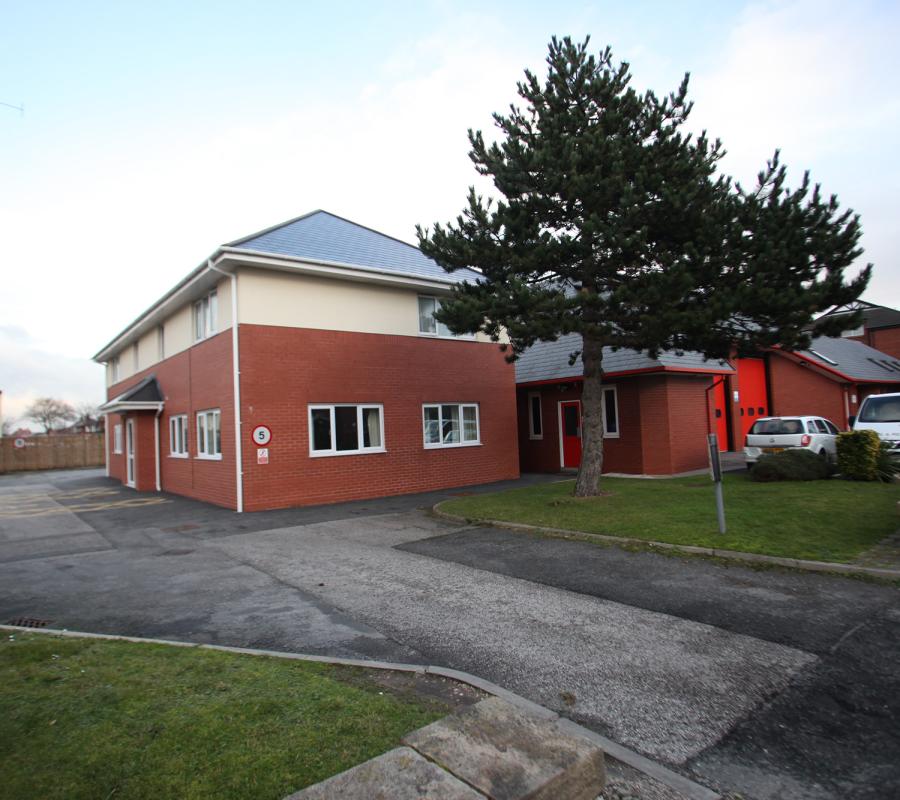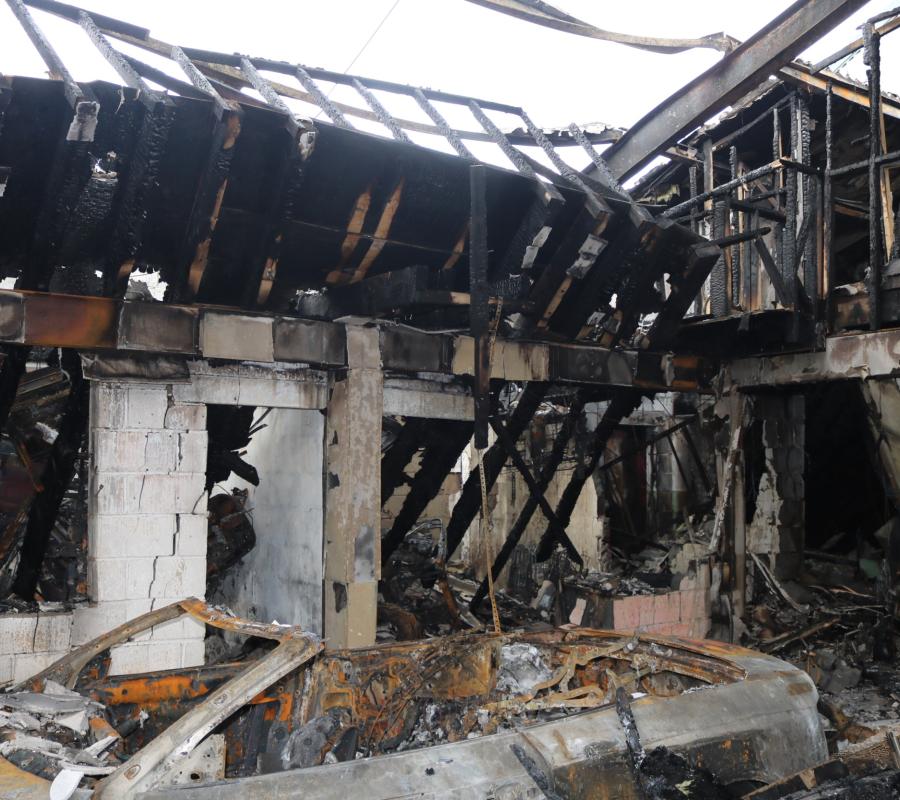Frequently asked questions
What are emollient skin products?
They are moisturisers which may contain paraffin, shea or cocoa butter, beeswax, lanolin, nut oil or mineral oils and they work by covering the skin with a protective film or barrier which keeps the moisture in. They are available as ointments, creams, lotions, sprays and shower and bath products.
Are they only prescribed by doctors?
Emollients are commonly prescribed by GPs, nurses and other clinicians over long periods of time to treat skin conditions such as psoriasis, eczema and sores. Many of these products can also be purchased over the counter in chemists and supermarkets.
Are they safe to use?
Yes they are. We encourage their use as recommended by medical professionals and the manufacturer’s instructions.
Are they flammable?
Not in isolation. Emollients aren’t flammable in their raw state or on bare skin.
So why should I be concerned?
Regular use of these products, which may or may not contain paraffin, over a number of days, can lead to them soaking into your clothing, bedding and bandages/dressings. This residue then dries within the fabric. If you then introduce an ignition or heat source such as accidentally:
dropping a cigarette, lighted match or lighter,
sitting too near to a gas, halogen or open fire,
or catching your clothing on a hob when cooking,
this can cause a fire to develop, burn intensely and spread rapidly. This could lead to a serious injury or death. Nationally, there have been 84 fire deaths or serious incidents [2015-2022] linked to emollients - a figure notably higher than previous records.
What can I do to make sure I’m safe?
Never smoke in bed
Do not smoke if there is any chance your clothing or dressings could be contaminated with these products
Do not cook if there is any chance your clothing or dressings could be contaminated with these products
Do not sit too close to any open fires, gas fires or halogen heaters
Wash your clothing and bedding daily at the highest temperature recommended by the fabric care instructions. This should reduce some of the contamination but may not remove it completely.
What can I do to make sure my friends and family are safe?
Share this information with them so that they are also aware of the potential risks.





